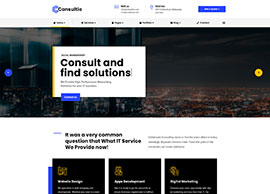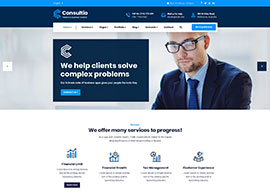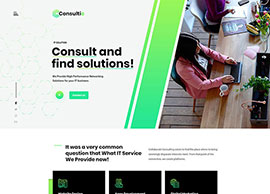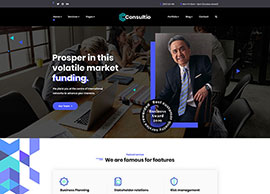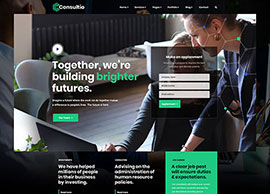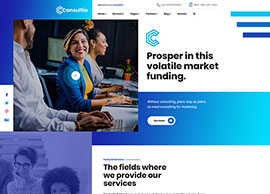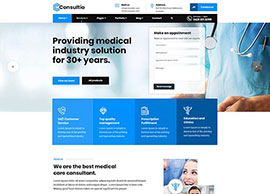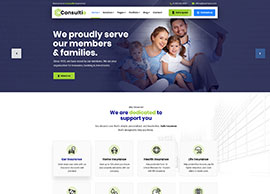Error Message Design: Clear Communication and Problem Resolution
Error messages are an essential part of any software application, website, or system. They inform users about issues that need to be addressed, preventing them from continuing with their tasks. However, error messages can either facilitate problem resolution or hinder it by confusing users. Effective error message design plays a crucial role in ensuring user satisfaction and reducing frustration.
Understanding User Expectations
Before designing error messages, it’s essential https://fairgocasinobet-au.com/ to understand what users expect from them. Users want clear communication about the issue, its impact on their work, and guidance on how to resolve it quickly and easily. They don’t want to spend time figuring out what went wrong or trying various solutions that might not work.
Key Principles of Effective Error Message Design
To ensure error messages meet user expectations, designers should follow these key principles:
- Clear Language : Use simple, concise language that avoids technical jargon and complex terminology.
- Specific Information : Provide specific details about the issue, including any relevant error codes or IDs.
- Actionable Guidance : Offer clear instructions on how to resolve the issue, including what steps to take next.
- Consistency : Use a consistent design pattern for all error messages to minimize user confusion.
Designing Error Messages
When designing error messages, consider the following best practices:
Visual Design
- Use Color Contrast : Choose colors that provide sufficient contrast between the background and text to ensure readability.
- typography : Select a clear, readable font with an adequate size for comfortable viewing.
- Iconography : Use icons or graphics to illustrate the issue and provide visual cues.
Content Strategy
- Be Concise : Keep error messages brief and to the point, avoiding unnecessary details that might confuse users.
- Use Active Voice : Express instructions in the active voice to make them more engaging and easier to follow.
- Provide Context : Offer relevant context about the issue, such as how it affects their work or what they can do next.
Interaction Design
- Minimize User Input : Avoid asking users to input additional information unless absolutely necessary.
- Provide Feedback : Give users feedback on their actions, such as a confirmation message after resolving an issue.
- Offer Escalation Options : Provide clear instructions for escalating the issue if users are unable to resolve it themselves.
Best Practices for Error Message Design
To ensure error messages effectively communicate and facilitate problem resolution:
Error Messages Should Be
- Prompt and Timely : Display error messages as soon as possible after an issue occurs.
- Respectful : Avoid blaming or shaming users, focusing instead on providing solutions.
- Helpful : Offer guidance and support to help users resolve issues independently.
Common Pitfalls in Error Message Design
Designers should be aware of common pitfalls that can hinder effective error message design:
Avoiding Common Mistakes
- Don’t Use Technical Jargon : Refrain from using technical terms or acronyms that might confuse non-technical users.
- Avoid Ambiguity : Ensure error messages are clear and unambiguous, avoiding confusion between similar issues.
- Don’t Forget Accessibility : Design error messages with accessibility in mind, considering visual impairments and color blindness.
Testing and Iteration
Effective error message design requires iterative testing and refinement:
Testing Error Messages
- User Testing : Conduct user testing to identify areas for improvement and validate designs.
- Analytics : Monitor user behavior and analytics data to identify issues and optimize error messages.
- Continuous Refinement : Regularly review and refine error messages based on user feedback and performance metrics.
In conclusion, effective error message design is crucial for communicating issues clearly and facilitating problem resolution. By understanding user expectations, following key principles, designing with best practices, avoiding common pitfalls, and testing iteratively, designers can create error messages that support user satisfaction and productivity.














